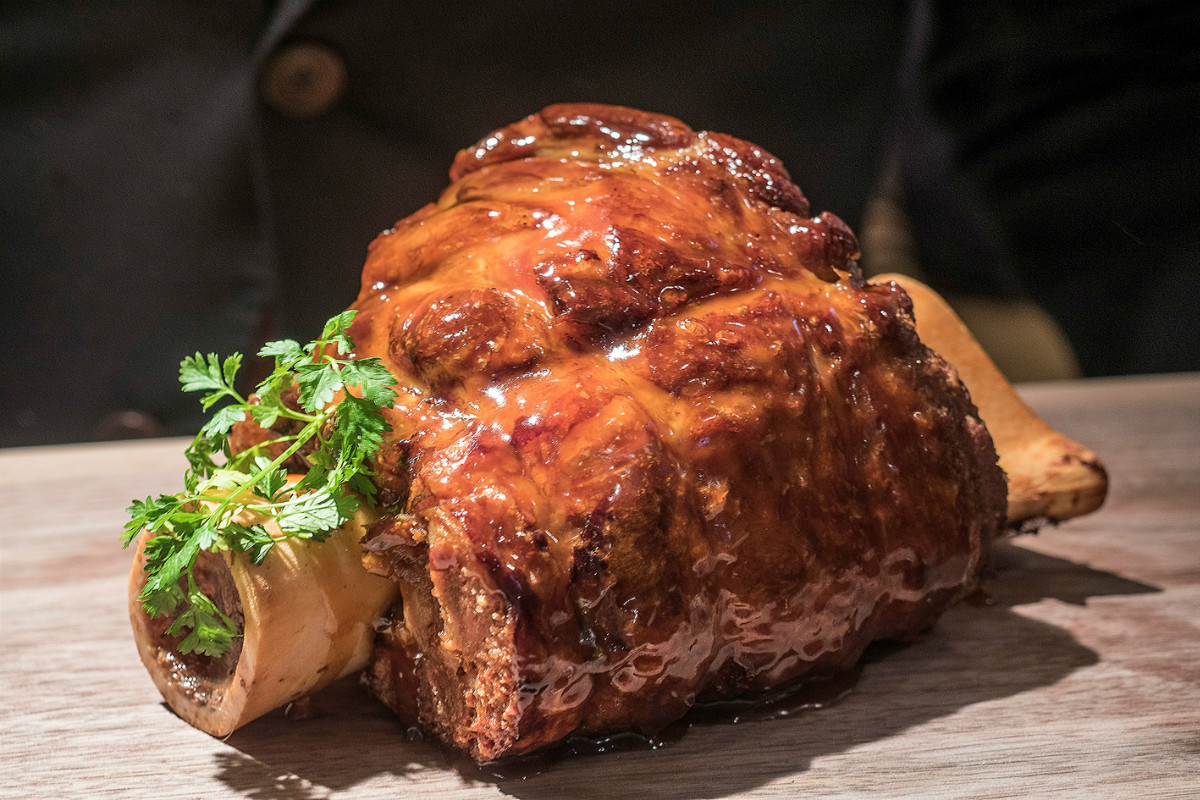
The gastronomy and wines of Madrid
" We had such a good time learning even more than we thought we already knew "
To celebrate San Isidro (Ed. an official festival in Madrid since 1947) a virtual meeting was organised to discuss Madrid's gastronomy and wines.
Forced to meet differently due to COVID-19 videoconferencing is how we celebrated our passion for gastronomy until we can share a table again. As a result, colleagues from the Bailliage of Guadalajara (Mexico) joined us.
Our expert speakers were:
- José Valdearcos, Bailli of Madrid who is Director of Food and Beverage at Parador de Alcalá de Henares
- Rosa Maria [May] Rodríguez, Professionnel du Vin, who is Commercial Manager of Vinos Jeromín, the largest winery in the Madrid delimited wine region.
Gastronomy of Madrid
Following welcoming words by Bailli Délégué Rosa Román, José Valdearcos introduced Madrid’s gastronomy with these words: “If Madrid cuisine is characterized by something, it is because it inherits flavours from the rest of Spain which arrived with the progressive waves of internal migration.”
Madrid's gastronomy, a melting pot of culinary cultures, has developed an identity. Geographically located at the crossroads of countless cultures and civilizations the city knows how to integrate dishes, for example Madrid’s hallmark stew. Traditional dishes can still be enjoyed as they would have been in reign of Felipe II (nb. he established Madrid as the capital of Spain).
A variety of dishes with ingredients from all over Spain are gradually featuring in Madrid's gastronomy. An oxtail dish originating from Córdoba has become an obligatory delicacy to be enjoyed during the San Isidro Festival. An important river port in days gone by, fish still features in the diet especially salted cod, sea bream and squid sandwiches! Tapas - too many varieties to mention - are an integral part of Madrid lifestyle.
Convent, castle and palace bakeries have played an important role in the city’s gastronomic history and the country’s gastronomic festivals. The variety of confectionary popular at festivities can be traced to the convents. The list is endless.
Wines of Madrid
May Rodríguez talked about the Denominación de Origen Protegida (DOP) that is the Vinos de Madrid region, unique in the world having the proper name of the city it represents - and one of the youngest legally delimited in Spain.
She told us that until February 2019, the DOP was divided into three sub-areas which have now become four occupying an area of 8,900 hectares (circa 22,000 acres). Each has very different characteristics, climates and soil.
The differences in the DOP’s four areas mean that the grape varieties used are also quite varied. Some of the white wine grapes are not found anywhere else in the world!
Given that the DOP is relatively young its wines are not that well known and accordingly have often been relegated to the “Other Wines” section in a restaurant’s wine list. Recently this has been changing significantly with Madrid wines now being promoted in the majority of the capital city’s restaurants with many establishments now only serving Madrid wines. A real success!
It is important for D.O. Madrid that our regional government and producers support and promote our Madrid wines. However, to increase local wines consumption we need to initiate that change ourselves.
Conclusion
We had such a good time learning even more than we thought we already knew about Madrid’s gastronomy and its wines.
As Benjamín Prado observed, “The good thing about finding what you were not looking for is that you discover what you could not imagine.”
We expressed our great appreciation to our experts, José Valdearcos and May Rodríguez for their knowledge and time. Last but not least many thanks were expressed to me for the images.
César González
Vice-Conseiller Gastronomique of Madrid